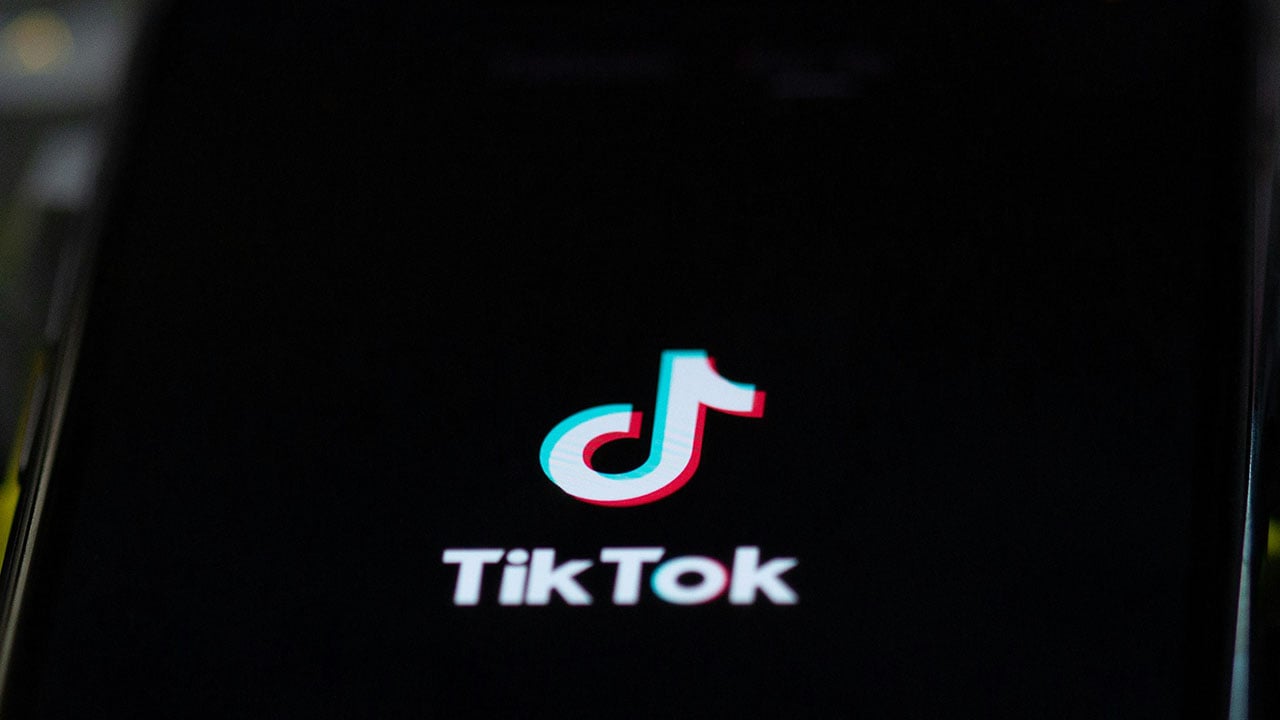
TikTok Adding Labels to AI-Generated Content Created on Other Platforms
Last week, TikTok introduced automatic labeling for AI-generated content (AIGC), even if it was originally created on another platform. As stated in the May 9 announcement, this move is an effort to boost transparency and literacy around AI for both content creators and viewers.
Last year, TikTok introduced AI-generated tags, which are superimposed onto any content created or enhanced through its own AI effects. By expanding this system to both TikTok-made content and content from other platforms, TikTok is taking the lead in creating an industry-wide standard for responsible AIGC content labeling.
“Our users and our creators are so excited about AI and what it can do for their creativity and their ability to connect with audiences,” Adam Presser, TikTok’s Head of Operations & Trust and Safety said in an interview with ABC News. “And at the same time, we want to make sure that people have that ability to understand what fact is and what is fiction.”
To help viewers discern fact from fiction, the company has partnered with the Coalition for Content Provenance and Authenticity (C2PA) — an open technology standard that provides various tools and resources to identify AIGC.
TikTok will be applying C2PA’s Content Credentials technology that attaches metadata to any AI-generated content. Presently, the digital watermark will be applied to images and videos but will soon be rolled out for audio-only content as well.
In the last few months, other tech companies have also announced similar measures to ensure transparency around AI-generated content. Google introduced a similar labeling policy on its YouTube platform in March, while in February Meta said it would be labeling AI-generated content on Facebook, Threads, and Instagram.
Along with the new tools, TikTok will also create informational videos and other resources dedicated to helping people identify misinformation online and enhancing their media literacy skills. It will also join the Adobe-led Content Authenticity Initiative (CAI) to promote the adoption of Content Credentials across social media platforms.
“With TikTok’s vast community of creators and users globally, we are thrilled to welcome them to both the C2PA and CAI.” Dana Rao, Adobe’s General Counsel and Chief Trust Officer said in the announcement. “At a time when any digital content can be altered, it is essential to provide ways for the public to discern what is true.”

 Previous Story
Previous Story

 Latest articles
Latest articles 

Leave a Comment
Cancel